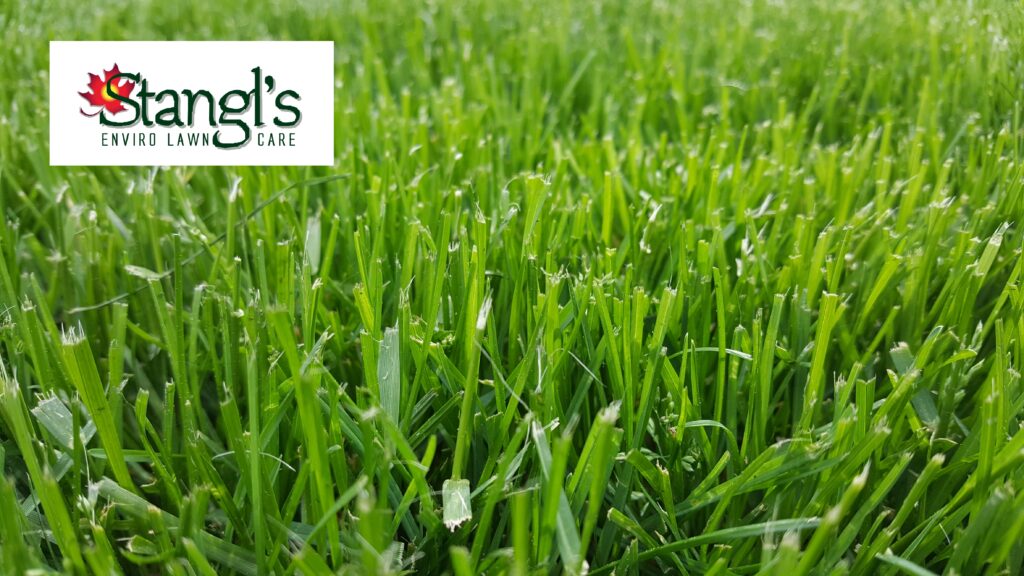Crabgrass, the bane of many homeowners and lawn enthusiasts, is often considered a pesky weed that needs to be eliminated. However, looking at this plant through a regenerative lens reveals a different story. Crabgrass can be a valuable indicator of soil health and a pivot for regenerative management strategies.
First, let’s understand why crabgrass grows. Soil temperatures that are too high and low organic matter content, combined with low water-holding capacity, create an environment that’s stressful for cool-season grasses. As these grasses go dormant, crabgrass takes the opportunity to thrive. Its roots are many and vigorous, holding the soil together and improving its structure. Its leaves catch the sun for photosynthesis, protecting the soil from overheating and acting like a natural sunscreen. Crabgrass also exudes sugars to support life within the soil, enhancing its organic matter content.
When crabgrass dies off, it leaves behind a debris field rich in minerals for worms, micro arthropods, and beetles to consume their seeds. These organisms convert the debris into nutrient-rich organic matter, which improves the soil’s fertility and water-holding capacity. Additionally, the roots of crabgrass leave a roadway for increased infiltration of air and water, further supporting the soil’s health.
So, what can we learn from crabgrass? Firstly, it’s important to understand that crabgrass is not a plant out of place, needing to be killed, but a natural pivot for the soil’s health and balance. Rather than seeing crabgrass as a problem, we should focus on understanding its role in the ecosystem and leverage it as a tool for regenerative management. This may include adjusting mowing height, reducing the use of synthetic fertilizers and herbicides, and improving soil health through organic matter additions and other regenerative practices.
In conclusion, crabgrass is a valuable plant that should not be dismissed as a mere weed. Understanding its role in the ecosystem and its impact on soil health can help us develop better management strategies for our lawns and gardens. By embracing the secrets of crabgrass, we can work towards a more regenerative and sustainable future.
